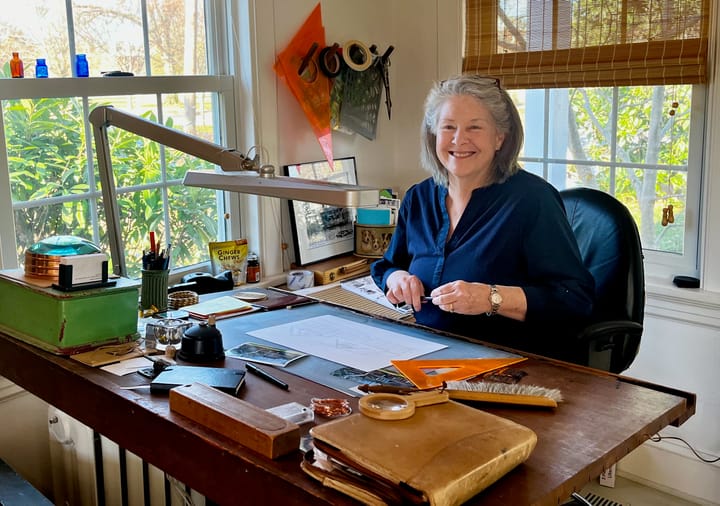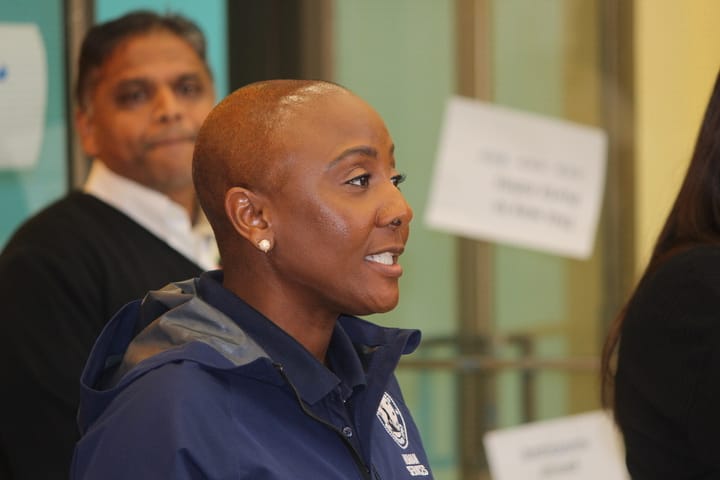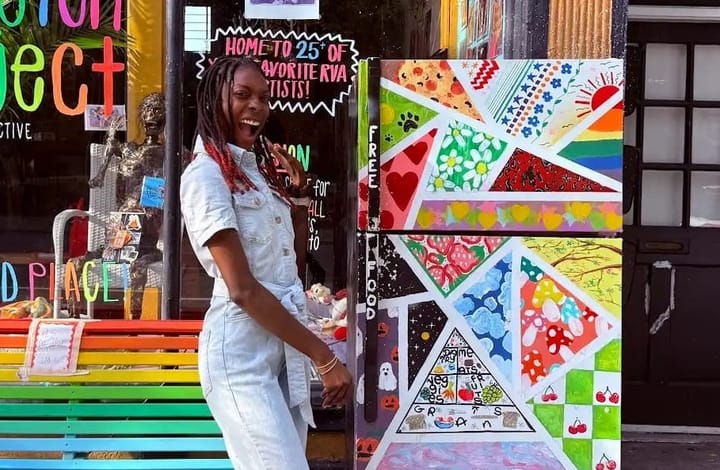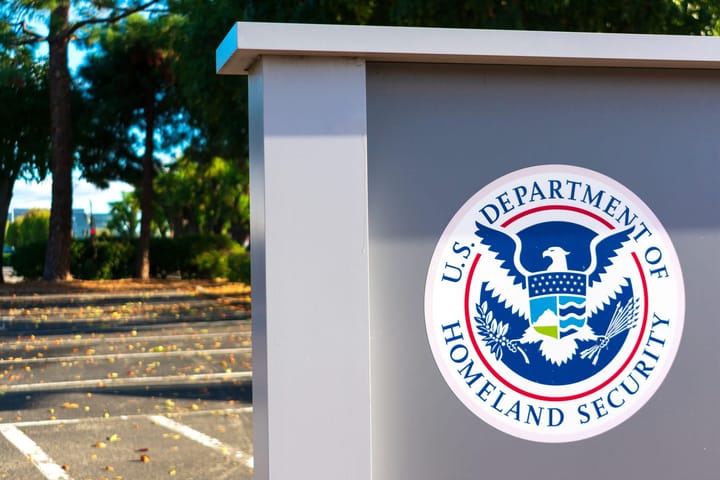New Library of Virginia exhibit reflects on the history and collective memory of the Jackson Ward neighborhood
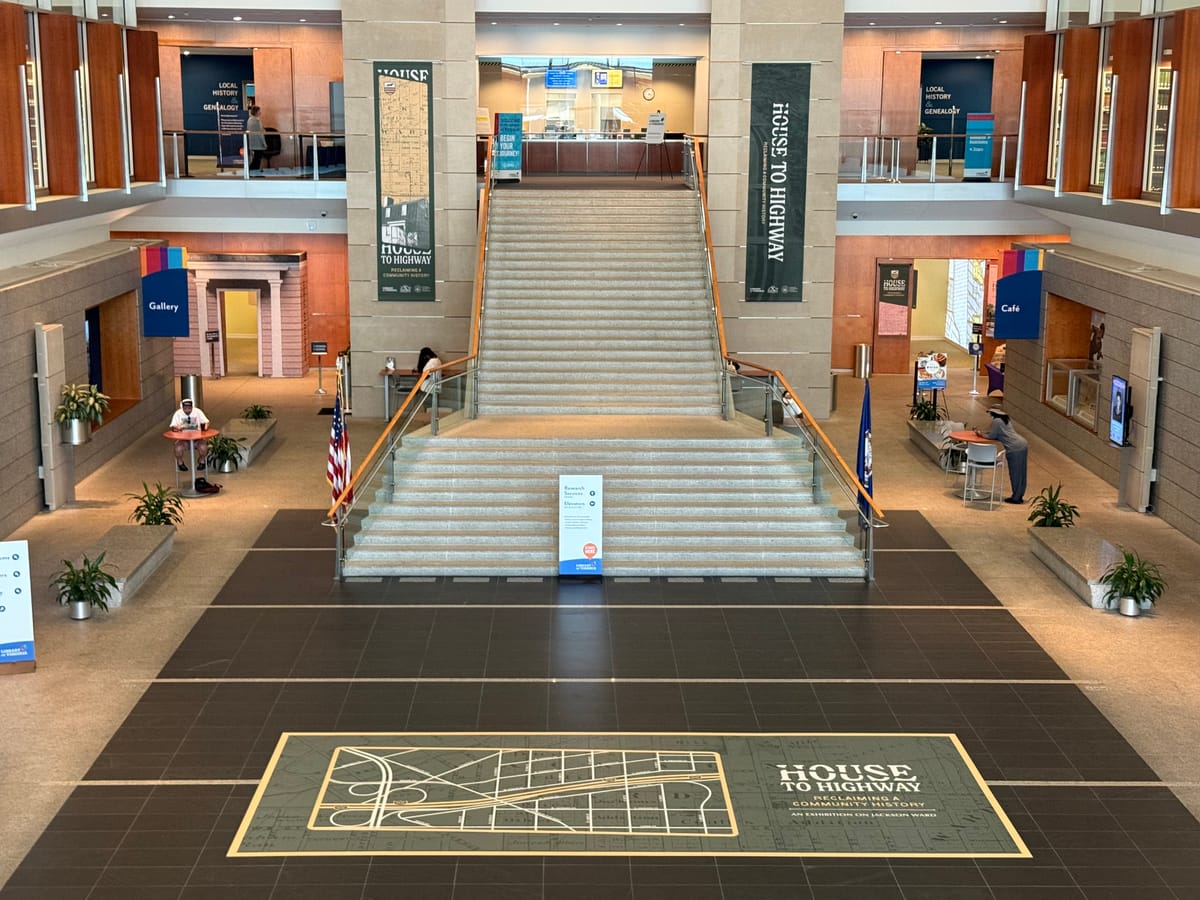
In 2020, two Richmond sisters, Dr. Sesha Joi Moon and Enjoli Moon, approached the Library of Virginia with a question: Who was the Jackson Ward neighborhood named for? Who is the "Jackson" in Jackson Ward?
When an answer wasn't readily available, it sent the pair, and the library, on a research exploration that culminated in its newest exhibition: "House to Highway, Reclaiming a Community History."
The Moon sisters cofounded The JXN Project, a project dedicated to telling the story of the first historically registered Black urban neighborhood in America.
The exhibition opened on July 17 and will run through February 28 of next year. After its run at the Library of Virginia, House to Highway will move to the reconstructed Skipwith-Roper Cottage. The Cottage is being rebuilt at the JXN Haus on Bates Street and is set to open in April 2026.
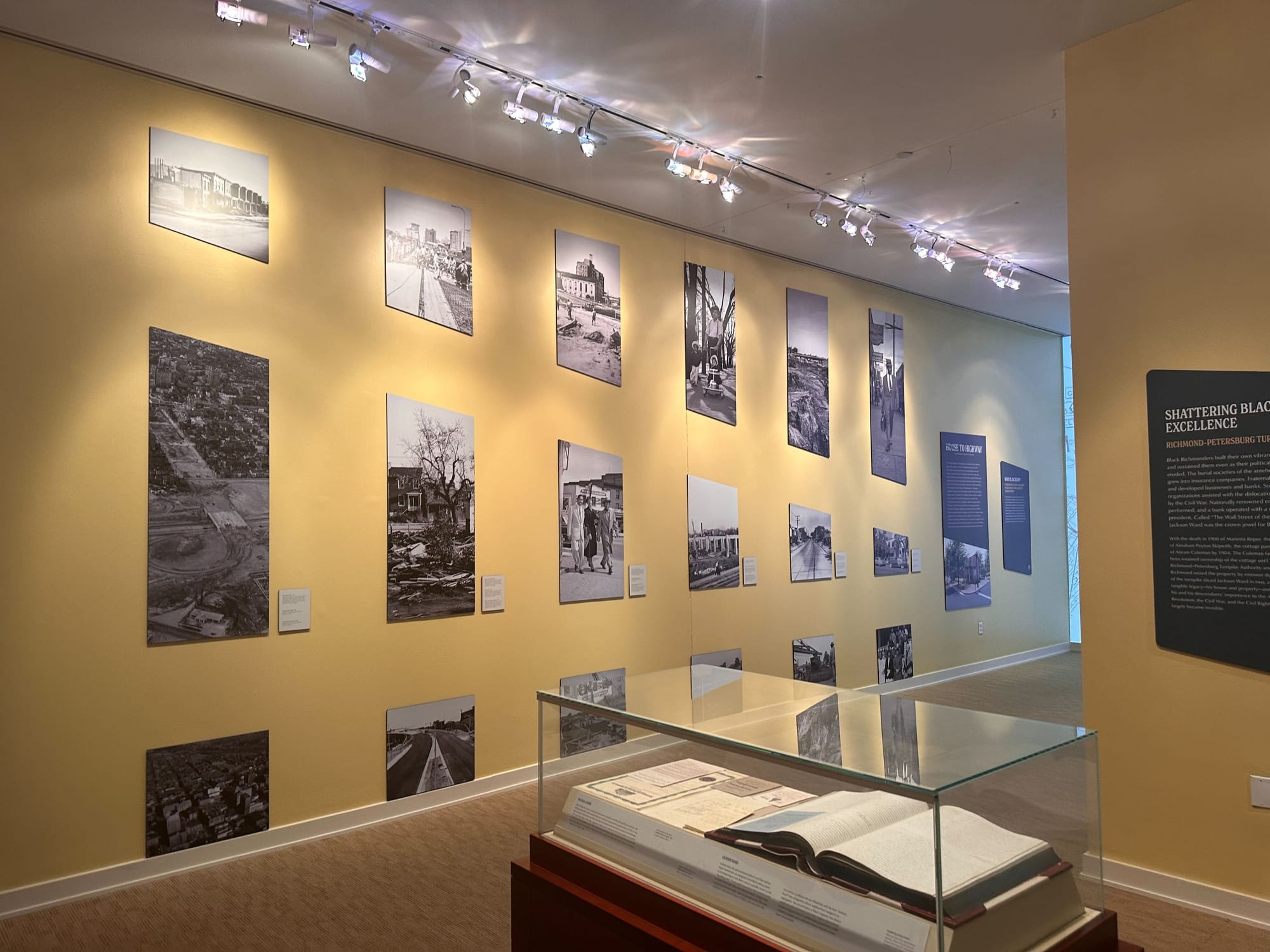
A community's forgotten history
Research led the team to Abraham Payton Skipwith.
A Black, landowner right after the American Revolution with multiple connections to founding members and first families of Virginia, Skipwith piqued her interest. With Skipwith as the new focus, they began to trace his story.
“Now, four years later, ‘House to Highway: Reclaiming a Community History’ serves as an opportunity to share the untold story of Abraham Peyton Skipwith as "The Founding Father of Jackson Ward."
"Through this exhibition, Skipwith’s life, lineage and legacy as the first known Black homeowner in Jackson Ward will be used to tell the Black American experience as part of the commemorative activities for the 250th anniversary of the signing of the Declaration of Independence,” Sesha Joi Moon said in a press release from the Library of Virginia.
Ashley Ramey Craig is the Community Engagement & Partnership Specialist at the Library of Virginia. Craig was a part of the research process and now gives tours of the exhibition.
“Since it's been open, we've had dozens of tours come in. People are really excited that we're focusing on Jackson Ward,” Craig said.
What started as an investigation to a specific question became a larger exhibition painting a long history of transience in the neighborhood.
As for who Jackson Ward is named for, the researchers aren't entirely decided. Options include President Andrew Jackson, following a trend of neighborhoods being named for presidents at that time, or Stonewall Jackson, the confederate general. Sesha Joi Moon and Craig have another idea.
“Sesha and I agree, we like to think that the ward is named after Giles B. Jackson, who was a famous African American that lived in Jackson Ward and was a lawyer that lived and practiced in Jackson Ward,” Craig said.

Visitors to the exhibition, housed in the Library of Virginia, are met with digital displays lining the left wall leading to the main exhibition room. The displays outline the timeline of the history of Virginia, starting with the arrival of Europeans and displacement of Native Americans, outlining legislation surrounding slavery, the life of Skipwith during slavery and the timeline of how he bought his freedom, the formation of the Jackson Ward neighborhood, and finally the construction of the highway that eventually divided the region.
Once inside the gallery room, the exhibit features photographs, paintings, documents and artifacts from several community partners. It also features a family tree of the Roper family, which the library had information and documents about but didn’t connect to Skipwith until this project.
Craig said that the exhibition is a chance to shed light on the community that thrived in Jackson Ward before it was divided by redlining, a major housing project, and the eventual construction of a highway through the region.
“Often this is an overlooked community in the city, so it's bringing forth the history of that community to people that might not really know anything about it, and maybe people that just drive on I-95 and 64 and just look out there and pass it by. So it's really bringing intention to that community and its history,” Craig said.
Craig said that her goal for museum-goers is that they leave the exhibition understanding the dynamic history of the neighborhood, and knowing it wasn't always the way it is seen today.
“It wasn't conceived as a slum," Craig said. "That's some of the language that the city government, as well as some of the state government, used to justify building the Richmond-Petersburg Turnpike.”
“My hope is that the exhibition will help to encourage future community collaborations as so many more untold stories are waiting to be found in the Library,” Sesha Joi Moon wrote.
In the coming months the Library of Virginia will hold several events for community members to learn about and talk more about redlining in the history of both the neighborhood and the city of Richmond.
Contact reporting intern Juliana Vandermark at jvandermark@richmonder.org.
This article has been updated to correct Giles B. Jackson’s name.
The Richmonder is powered by your donations. For just $9.99 a month, you can join the 1,000+ donors who are keeping quality local journalism alive in Richmond.


